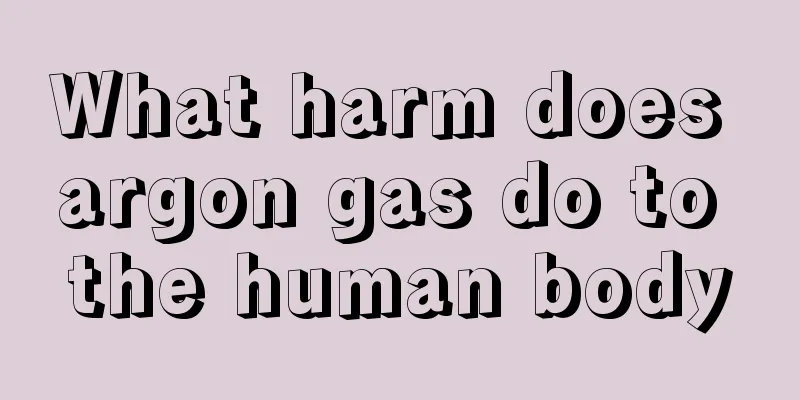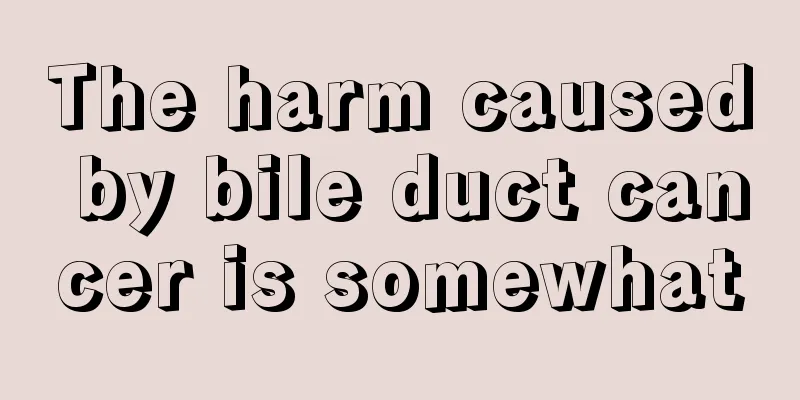Treatment of periodontitis, two steps

|
Periodontitis is a chronic disease, which is mainly caused by lesions of periodontal supporting tissues due to local factors. If not treated in time, it will spread deep into the periodontal membrane, alveolar bone and cementum and cause lesions, so it is particularly important to find a treatment method. 1. Local treatment 1. For local irritants: supragingival scaling or subgingival curettage can be performed, and if necessary, the bite can be adjusted, food impaction can be removed, and poor restorations can be corrected. 2. Treatment of periodontal pockets: When the periodontal pockets are overflowing with pus, they can be rinsed with 1% to 3% hydrogen peroxide solution, and a 10% iodine mixture or a drug film such as spiramycin or metronidazole can be placed inside the pockets. After removing local factors, shallow periodontal pockets can be cauterized with iodine phenol solution; deeper periodontal pockets require periodontal surgery to eliminate periodontitis. When the periodontal pocket reaches the root apex and the teeth are obviously loose, extraction may be considered. 3. Fixation of loose teeth: If the teeth are still loose, a temporary or permanent periodontal splint can be used to fix the loose teeth. 4. Treatment of periodontal abscess: When the abscess is localized, incision and drainage can be performed. The periodontal pockets should also be rinsed and coated with medicated film or iodine glycerin. 2. Systemic treatment Enhance the body's resistance and actively treat systemic diseases related to periodontitis. When periodontal abscess occurs, patients with severe systemic reactions should take relevant antibacterial drugs orally. In short, the treatment of periodontitis includes a series of comprehensive treatment measures. In order to consolidate the therapeutic effect and prevent recurrence, oral hygiene education and regular check-ups should be carried out. |
<<: What toothpaste is best for periodontitis? Two steps
>>: What to do if you have toothache and swollen gums? Here are eight tips to help you
Recommend
Why do my eyes always tear up?
If you often shed tears, you should be alert. The...
Is bird's nest cooling or heating in nature?
Bird's nest is very nourishing and health-car...
How much does it usually cost to cure a pituitary tumor
Now with the development of society, there are mo...
Must-eat restaurants in Macau
As people's quality of life improves, they ar...
The role of trehalose
Speaking of trehalose, a natural sugar, I believe...
How to remove the skin of walnut kernels
Maybe many of us like to eat walnuts. Walnut kern...
What to eat to prevent liver cancer? Develop five lifestyle habits to prevent liver cancer
Liver cancer is the most common malignant tumor i...
What are the components of glucose?
There are many substances in life that are indisp...
How to deal with arm muscle strain
For arm muscle strains, it is recommended to use ...
What are the functions of red syzygium wilfordii
The red-branched guava is a plant endemic to Chin...
Stage 4 symptoms of nasopharyngeal carcinoma
Nasopharyngeal cancer is very common around us. M...
Before and after comparison of eye bag removal
For female friends, having eye bags is really ann...
Is postpartum uterine curettage the same as curettage?
We often hear about uterine curettage and curetta...
Seven maintenance matters for urinary system diseases
Urinary system diseases are common among many peo...
Pepsinogen 1 is high
Pepsin is a very common enzyme secreted by our st...









